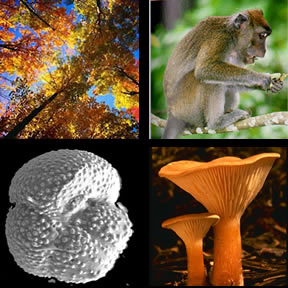Eukaryotic life forms are very diverse!
Trees and mushrooms courtesy of Corel Photography. Monkey courtesy of US Fish and Wildlife, Foram courtesy of Australian Government
The Domain Eukaryota
From trees, to mammals, plankton such as forams to mushrooms, Eukaryota domain contains some pretty diverse organisms. You are a member of the Eukaryota domain too! In fact, all plants, animals, protists, and fungi, are members of the domain.
These groups might seem pretty different, and they are, but they all have a few key aspects in common including their biochemistry and eukaryotic cell structure, which is unique to the group. All members of the domain Euraryota have eukaryotic cells. Eukaryota is the only domain whose members have this cell type. Eukaryotic cells contain a special membrane bound organelle called a nucleus that contains genetic material (DNA) within packages called chromosomes.
You might also be interested in:

Though not the largest kingdom, with a mere 300,000 species catalogued, many might argue that the Kingdom Plantae just may be the most important group of living organisms. In the process known as "photosynthesis",
...more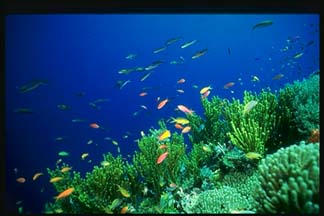
Members of the Kingdom Protista are the simplest of the eukaryotes. Protistans are an interesting assemblage of organisms classified for what they are not. Protistans lack characteristics shared by plants,
...more
Eubacteria, also know as “true bacteria”, are microscopic organisms that have prokaryotic cells. Because of their prokaryotic cells, they have a rigid cell wall but no mitochondria or other large organelles,
...more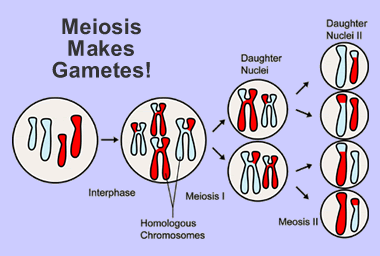
Plants, animals and many other species within the domain Eukaryota are able to make more individuals by sexual reproduction. In its simplest form, this means that offspring are made from gametes. Gametes
...more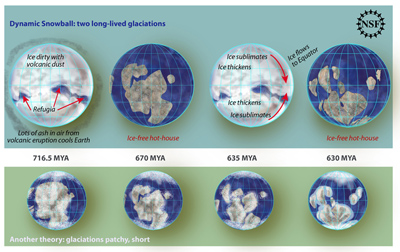
Geologists have found evidence that sea ice extended to the equator 716.5 million years ago, bringing new precision to a "snowball Earth" event long suspected to have taken place around that time. Funded
...more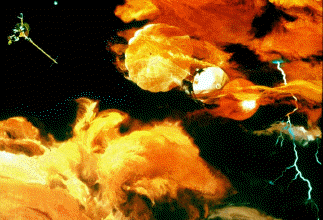
Jupiter's atmospheric environment is one of strong gravity, high pressure, strong winds, from 225 miles per hour to 1000 miles per hour, and cold temperatures of -270 degrees to +32 degrees (freezing temperature).
...more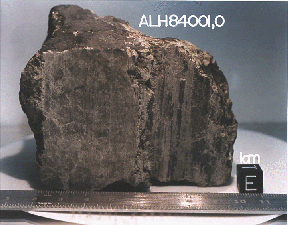
In July, 1996, it was announced that Dr. David McKay, along with a team of scientists at Johnson Space Center (a division of NASA), had discovered possible fossils of bacteria in an ancient rock from Mars.
...more
